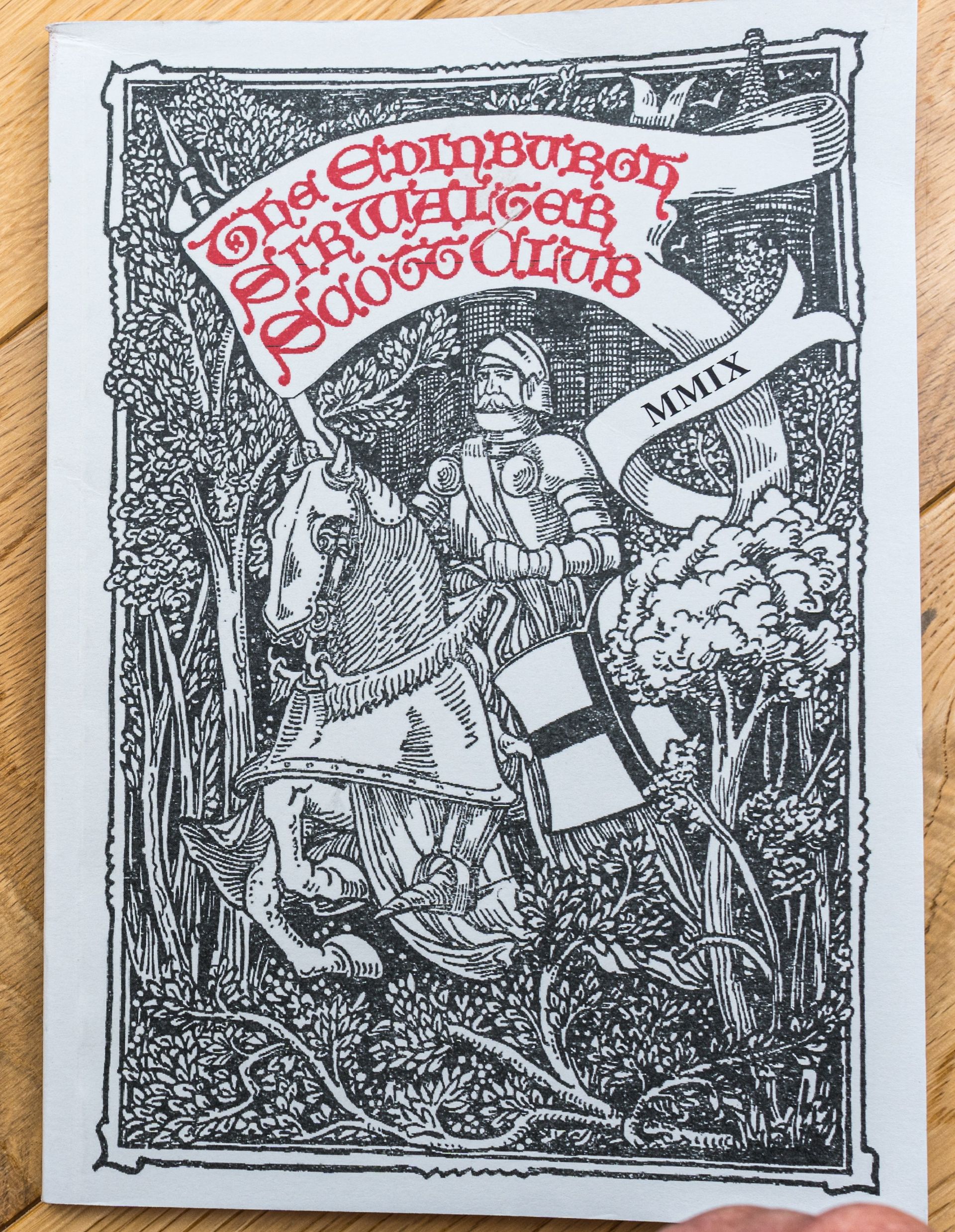Scott, Wilderness and North America
Jenni Calder
Wednesday 10th October 2007
Summary of the Talk:
The text explores the thematic parallels between the landscapes described in Walter Scott's novels and the North American wilderness, particularly as experienced by Scots immigrants and explorers. It focuses on how Scott and his characters engage with the wild landscapes, comparing them to the untamed environments in North America, which Scots were familiar with through their emigration and frontier experiences. Here are the key points and themes discussed:
- The Highlands and North America’s Wilderness: Calder explores how Scott depicted the Scottish Highlands as a place of rugged beauty, where nature and human history are deeply intertwined. This mirrors the experiences of Scots in North America, where they encountered vast wildernesses like the Rockies, which were both beautiful and brutal.
- Scott's Romanticizing of Wilderness: The narrative highlights how Scott’s characters, particularly in Waverley, are drawn to the wilderness not just for its danger but for its romantic allure. The wilderness is portrayed as a land full of adventure, where human survival and nature are inseparable. This is mirrored in the way early American explorers and fur traders, many of whom were Scots, viewed the untamed lands they settled.
- Native Americans and Highlanders: Calder draws comparisons between the Highland Scots and Native Americans, suggesting that both groups were deeply connected to their lands, with cultures that were inextricably linked to their environments. She notes that both groups were perceived as "wild" by outsiders, with their ways of life often viewed as being at odds with the encroaching "civilization."
- Impact of Scottish Explorers on American Wilderness: Scots like Robert Stuart and Washington Irving contributed significantly to the mythos surrounding American wilderness, with their travels and writings framing the land as a place of adventure and hardship. However, unlike Scott’s portrayal of the Highland wilderness as tied to a past way of life, the American frontier was seen as a space for expansion and new beginnings.
- Cultural Clashes: Calder reflects on how both Scott’s works and the narratives of American frontier life deal with the tension between old and new ways of life. The Scottish Highlanders are depicted as a culture rooted in a disappearing past, while the settlers in North America are seen as pioneers forging a new future.
- Scott's Influence on American Writers: The influence of Scott on American writers like Irving is significant, as these authors also grappled with the themes of wilderness, civilization, and the encroachment of modernity on traditional ways of life. Irving’s writings, for instance, reflect the romantic ideals of wilderness exploration, inspired by both his readings of Scott and his experiences in the Highlands.
- The Decline of Wilderness: Both Scott and his American counterparts express a sense of loss as the wilderness, whether in the Highlands or the American frontier, becomes increasingly tamed by human development. Scott’s nostalgia for a disappearing Scotland is mirrored by American writers like Irving and Murray, who sought to experience the untouched wilderness before it was altered forever.
- John Muir's Contribution: Calder concludes by mentioning John Muir, the Scottish-born naturalist, who sought to preserve the American wilderness rather than let it be destroyed by human activity, contrasting with earlier Scots who were eager to experience it before it vanished.
Interesting Points:
- The theme of landscape being integral to culture: Both Scott and American frontier writers suggest that one's connection to the land shapes their identity and survival. The Highlands’ wildness is depicted as integral to the Highlander’s identity, just as the wilderness of North America is vital to the pioneer and native cultures.
- The contrast between "old world" and "new world": Scott's works, while looking to the past, highlight the tension between an idealized wilderness that is rapidly disappearing and a future shaped by industrialization and settlement, a theme echoed in the development of America.
This exploration invites us to reflect on the connection between landscapes and identities, and how these connections are disrupted by colonialism and the march of progress.
Download the [transcript] or read the [bulletin]



